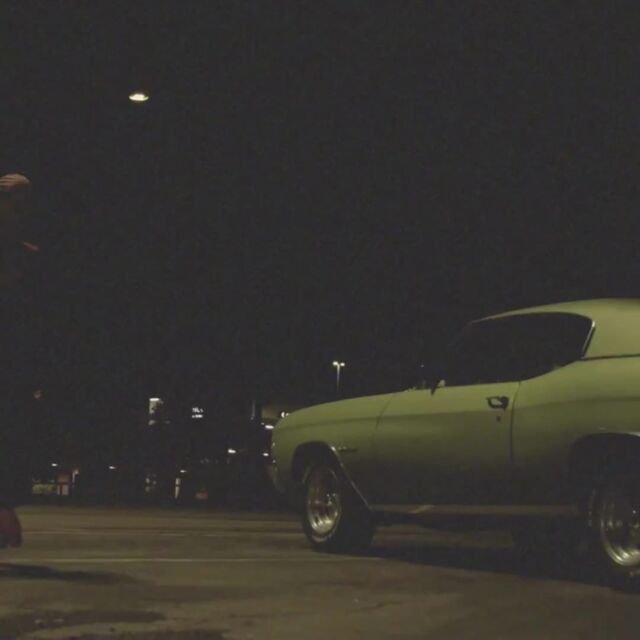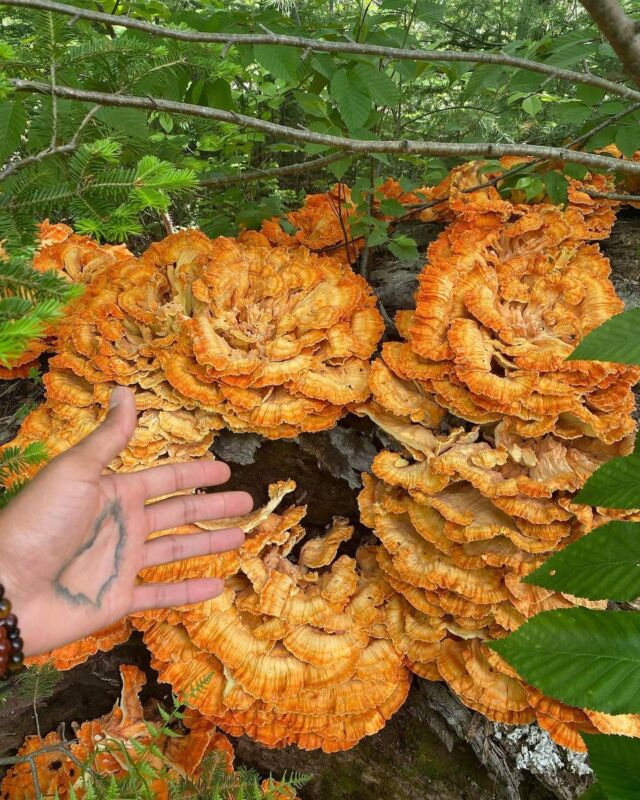This contributed piece is a part of our Featured Voices series, which invites writers, poets, artists, and creators to explore the various intersections of Blackness and Greenness. “Re-earthing through Plant and Animal Medicine Symbols” is a personal essay by Imani Harmon that explores plant and animal symbolism in the context of the current climate justice narrative. Using lived experiences to ground nature as a source of both healing and change, this piece is both a reflection and call to action.
Where I live, in the “rural crescent” of Northern Virginia, we face the threat of growing heat islands and pollution creeping further into natural landscapes and farmland. This land is being scouted for a data center and housing developments for regional transplants as Amazon builds its new headquarters in a neighboring county. As I watch the changes shaping my community and our environment, I am reminded of the animated fantasy film Princess Mononoke.
Set in the fictional location of Iron Town, the residents fear nature’s magic. They witness the consequence of the landscape’s decay upon the beheading of the Forest Spirit and nature’s revival once the Forest Spirit retrieves its head. In the closing scene of the film we see the fight between Indigenous knowledge and an industrial world that seeks to impose on and destroy the environment and kill the literal Forest Spirit. One of the final lines of the film is: “ . . .I didn’t know the Forest Spirit made the flowers grow.” The Forest Spirit sustained and healed even those who took it for granted. This film reflects the fight to illuminate the critical nature of climate justice. Climate justice is a racial justice issue. Black, Brown, and Indigenous people are more likely to experience heat islands, live in highly polluted areas, or have terrible water quality. But beyond that, the philosophies that shape this reality and classify BIPOC as subhuman also shape the rationale of the land being seen as collateral damage for capitalist gain. Princess Mononoke also illuminates an essential ally in the fight for our planet—spirit.
NATURE AS A DECOLONIZING ALLY
At the beginning of the pandemic, I moved from a DC suburb to rural Virginia to live with my family. Here, I witnessed the Forest Spirit not only making the flowers bloom but also providing spiritual guidance and healing messages. On a woodland trail behind my new home, my re-earthing began. Re-earthing is the process of reconnecting to the land and Earth as a means to be in the right relationship with the natural world and with each other. It centers the reintegration of humans into the global ecosystem, where all species benefit.
Throughout history, the interest in industry over the protection of the land, its people, and its resources has led to its exploitation. A part of re-earthing is realizing how climate destruction has evolved from a legacy of ideological hegemony. European colonialism brought with it a strong distinction between “civilized” and “backward” cultures. This justified the genocide, enslavement, and imperialism that permeated the globe. As the United States extended west to expand industry and create immigration settlements, there were continued attempts to wipe out Indigenous people and push them into designated “Indian country.” As a result, the theft of Native Americans’ ancestral lands engendered the loss of autonomy to maintain their religious and cultural practices that were interconnected with their land stewardship practices. The cultural genocide that has disconnected many of us from the land has also disconnected us from each other.
Re-earthing is the process of reconnecting to the land and Earth as a means to be in the right relationship with the natural world and with each other.
Many of us come from lineages with rich spiritual practices concerning the land and its inhabitants. In these practices, animism—or the belief that plants, objects, and creatures possess spirits—was commonplace in meaning making and cosmologies. Divinity was crafted in the image of the land, thus the land was Divine and worth protecting. As a tarot reader, Emergent Strategy, the Animal Medicine Oracle, and the Hedgewitch Botanical Oracle were my gateways to re-earthing. Over the last three summers here in rural Virginia, I’ve become familiar with three plant and animal medicines that have been influential in my reconnection to the land.
Chicory: I first learned of chicory in 2019, when I purchased a bottle of Chicory Flower Essence labeled “Unconditional Love” at a Maryland herb shop. A year later, I returned home to live with my family and, at the time, I felt like a failure. I saw many of my peers achieving the traditional capitalistic “American dream” milestones. While I intellectually knew these were not things I desired, I could not shake feeling like I was moving backward.
When I moved home, I began working with an Ayurvedic medicine practitioner. As a part of my daily practice, I began regularly taking walks on the trail behind my house. I came across the chicory flower in person, recalling my flower essence bottle. I saw Chicory as an energetic salve for deep insecurity. Seeing the plant was a reminder of how capitalism propagates our fears of scarcity. In the way tarot cards remind us of specific themes, plants can do the same. I journaled about what these themes meant to me. Chicory reminded me that I am worthy of compassion and self-affirmation amid perceived failure.

Periwinkle: This summer was a time of intense rehashing and uprooting of childhood and familial trauma alongside a laundry list of self-limiting beliefs. During that time, I learned about the Periwinkle Initiative, which was founded in New York state with the mission of documenting the burial grounds of enslaved Africans in the US. The periwinkle flower has been used to help find unmarked or hidden graves, as our ancestors would often place this plant at grave sites of the deceased. Within days of learning about the Periwinkle Initiative, I spotted a random patch of periwinkle peeking from behind a bush on another trail walk. Periwinkle flower essence helps us break patterns of the past. As a Black woman, I resonate with the cultural connection to this plant, and see it as an aid to our community. This flower is an ally in healing ancestral trauma that lives within our bodies, laying some of these wounds to rest.

Cicada: Last year in 2021, the Brood X cicadas emerged from underground. North American periodical cicadas differ from others because of their thirteen to seventeen year underground gestation to reach maturity. After surfacing, these insects only live and mate in the world for a few weeks.
The maturation of cicadas reminds me of the Greek word Kairos meaning “opportune time.” The pandemic forced a pause where I was able to reflect on how much of what I viewed as necessity was actually destructive. These elements were destructive to my ability to care for myself and to clearly discern how to actualize what I truly desired out of life. I had to admit I was not ready for the future I desperately sought.
I began to realize that future building is from the inside out. With the destruction ensuing from late-stage capitalism, we’re tasked with worldbuilding. What does our world look like outside of these systems? This question alone pushes us to witness and unravel how these systems exist within us.
Resting in a proverbial underground, we are healing and investing in deep study to build and sustain the potential energy of our movements. We are preparing for the opportune time for synchronized emergence and the proliferation of power. This is the cicada’s medicine.
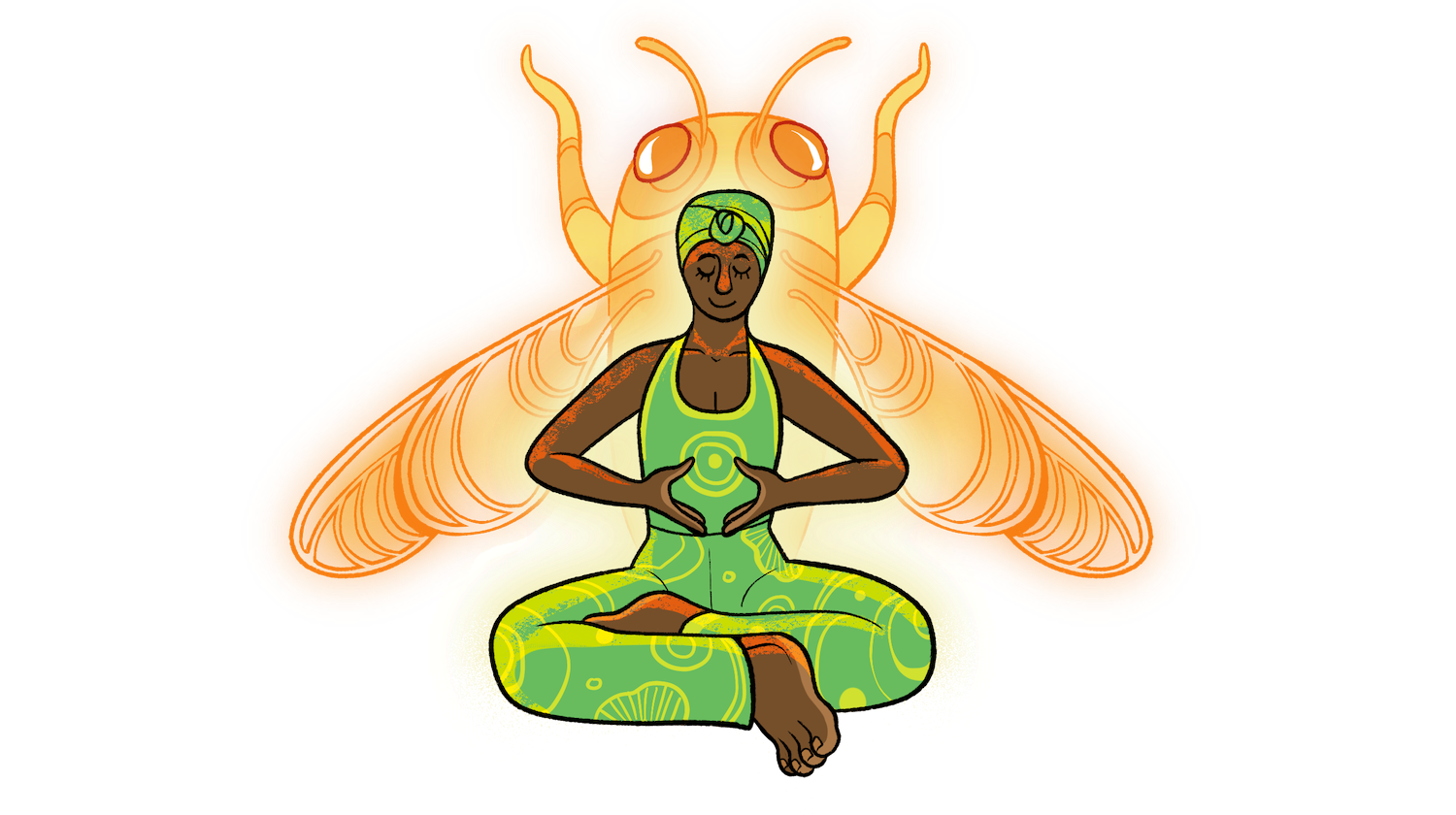
Re-earthing as Land Stewardship
A core part of our climate fight is understanding and embodying our interdependency with the land. Even in the face of human-induced disaster, nature has the capacity to evolve and make medicine for itself and for all of us. In its raw form, it negates the rules of all the systems that indoctrinate us.
Moving to a place physically isolated from the city was a respite. Connecting with and developing cultural symbolism with nature was both healing and enlightening. But, in reality, we live in a time where it is a privilege to be nourished by land and water. Corporate greed and government complacency seek to make this life-giving and life-affirming experience scarce by threatening its existence globally.
While we continue to defend our planet in movements, re-earthing is our oath to a future where we do not fear climate disaster.
While we continue to defend our planet in movements, re-earthing is our oath to a future where we do not fear climate disaster. This practice is not new, it is ancient and it is in our bones. We embody this through cultivating cultural and familial narratives of gratitude for our planet. We can deepen and reshape our relationship to this planet by reweaving the threads it carries through our lives and we can find new ways to consecrate our commitment to stewardship locally and globally.

—
Imani Harmon is an Afrofuturist astrologer, tarot reader, and worldbuilder. Her work examines astrology as a tool for fugitivity and marronage that serves internal and collective liberation work.

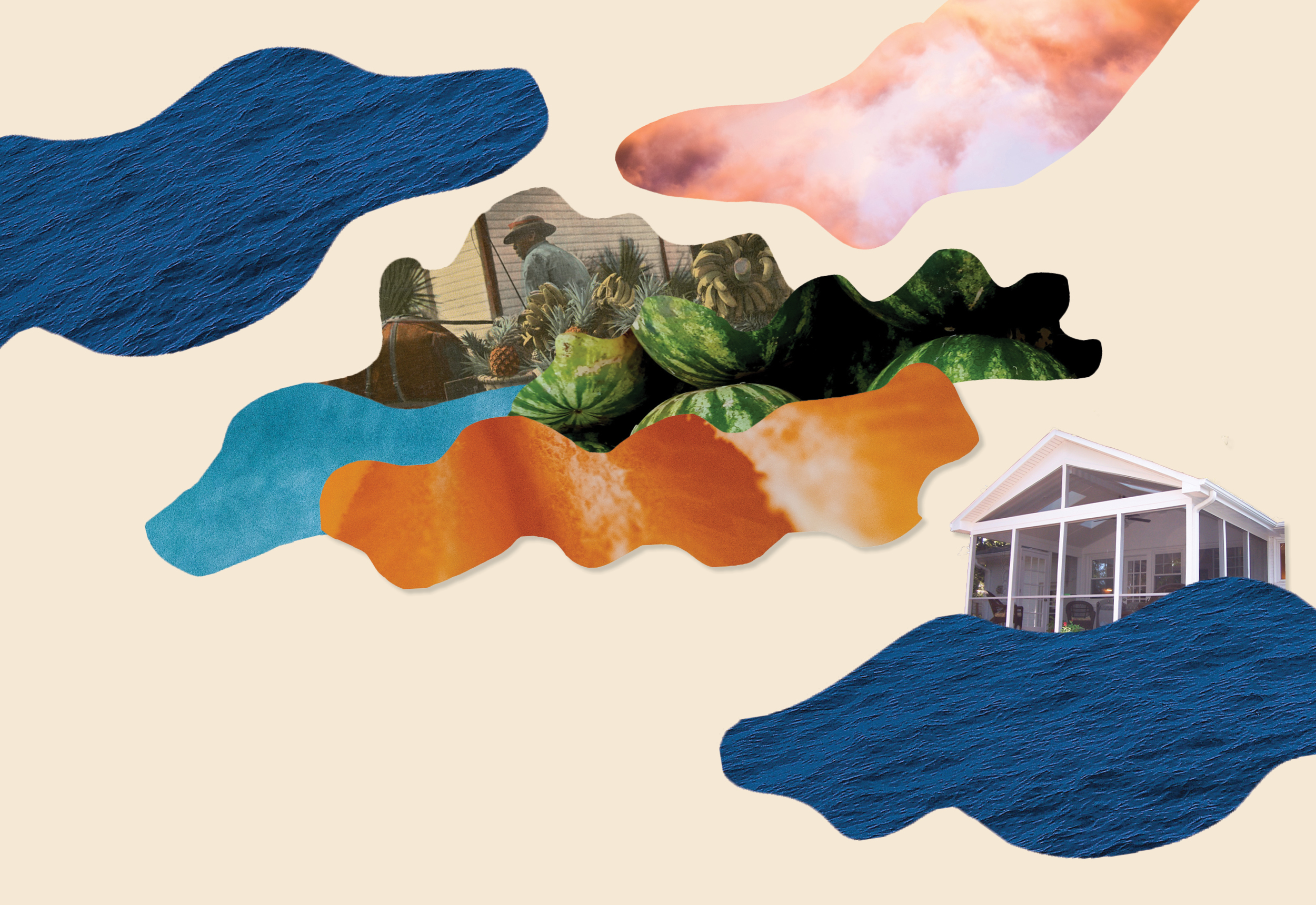

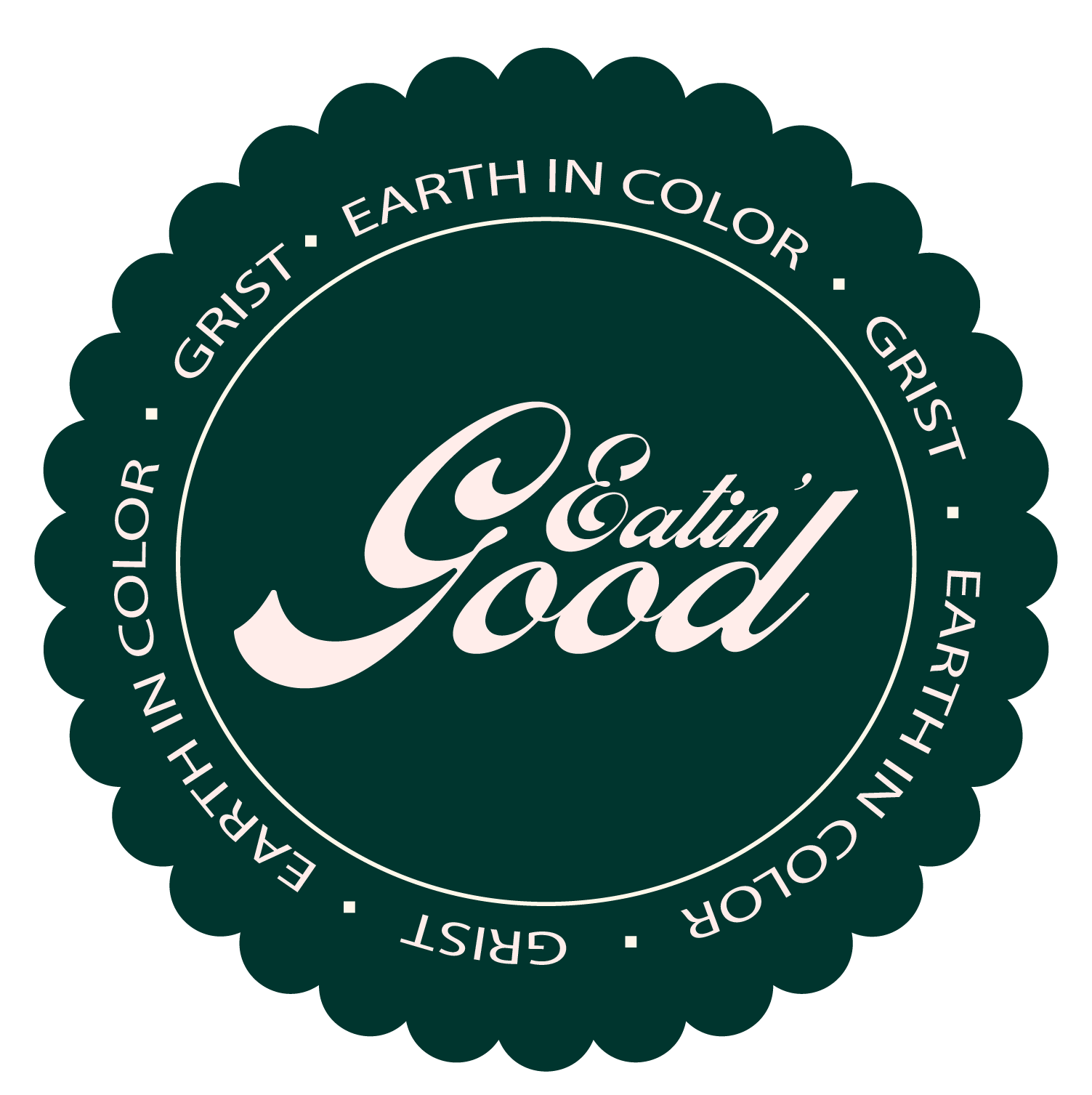
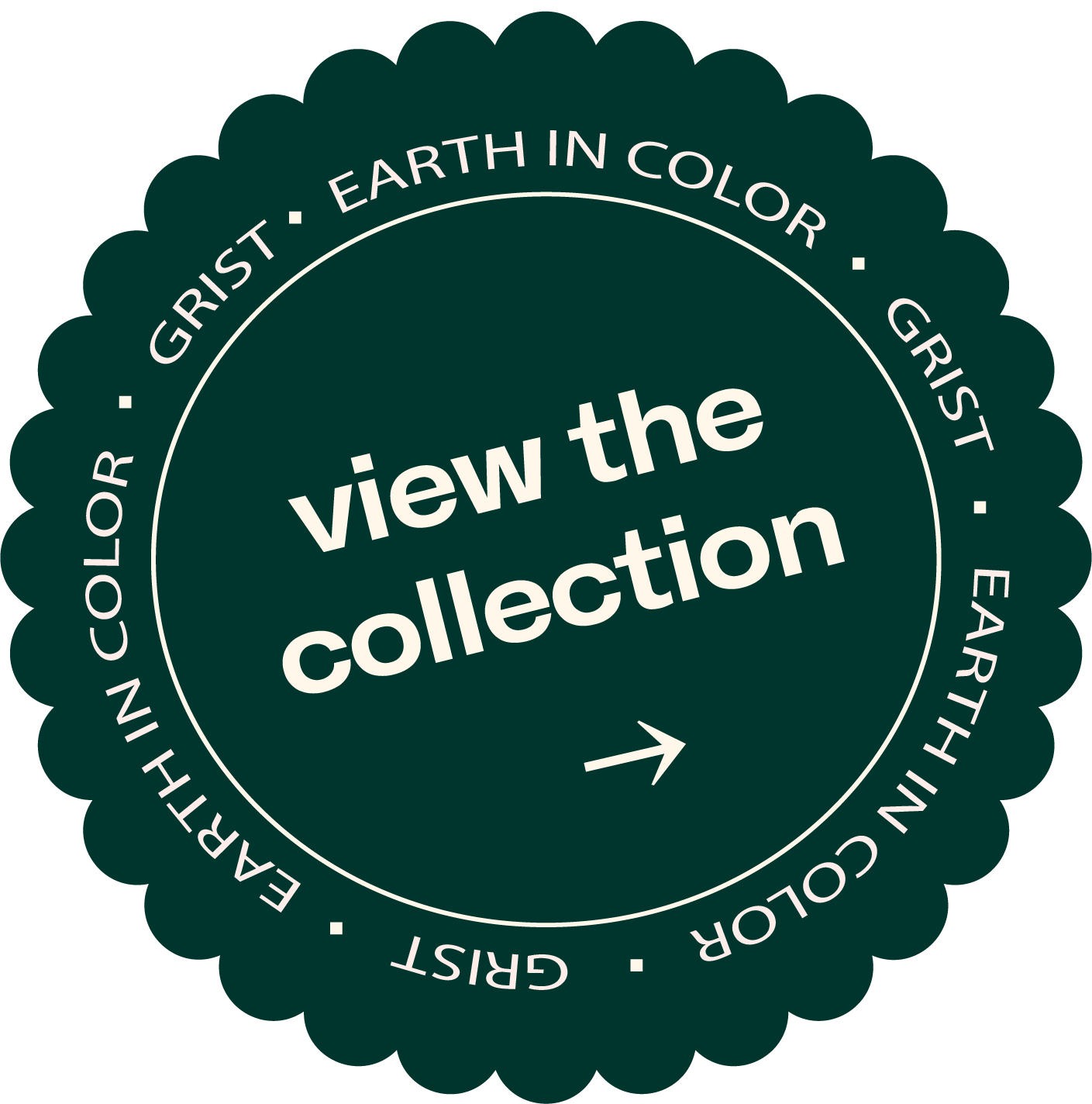
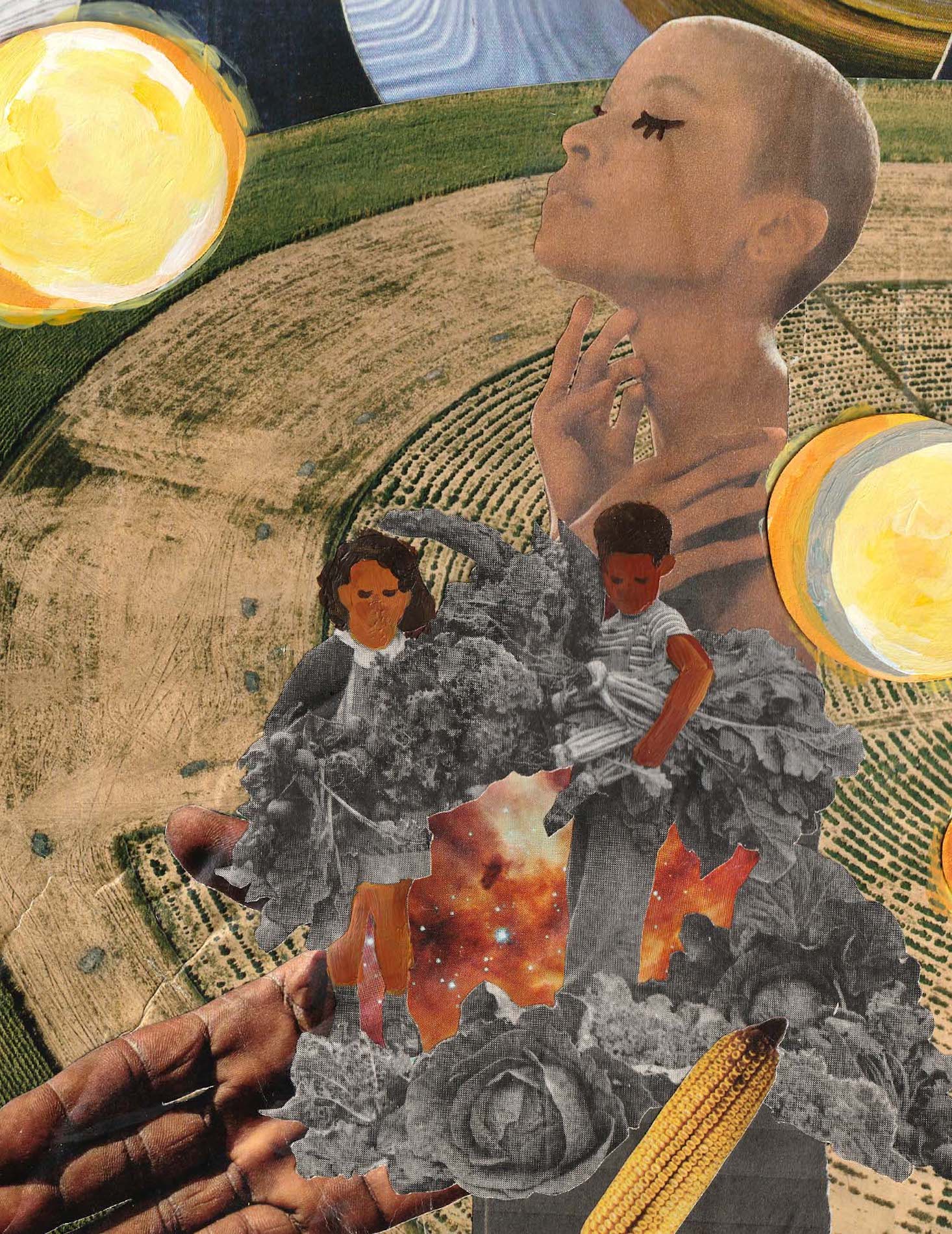

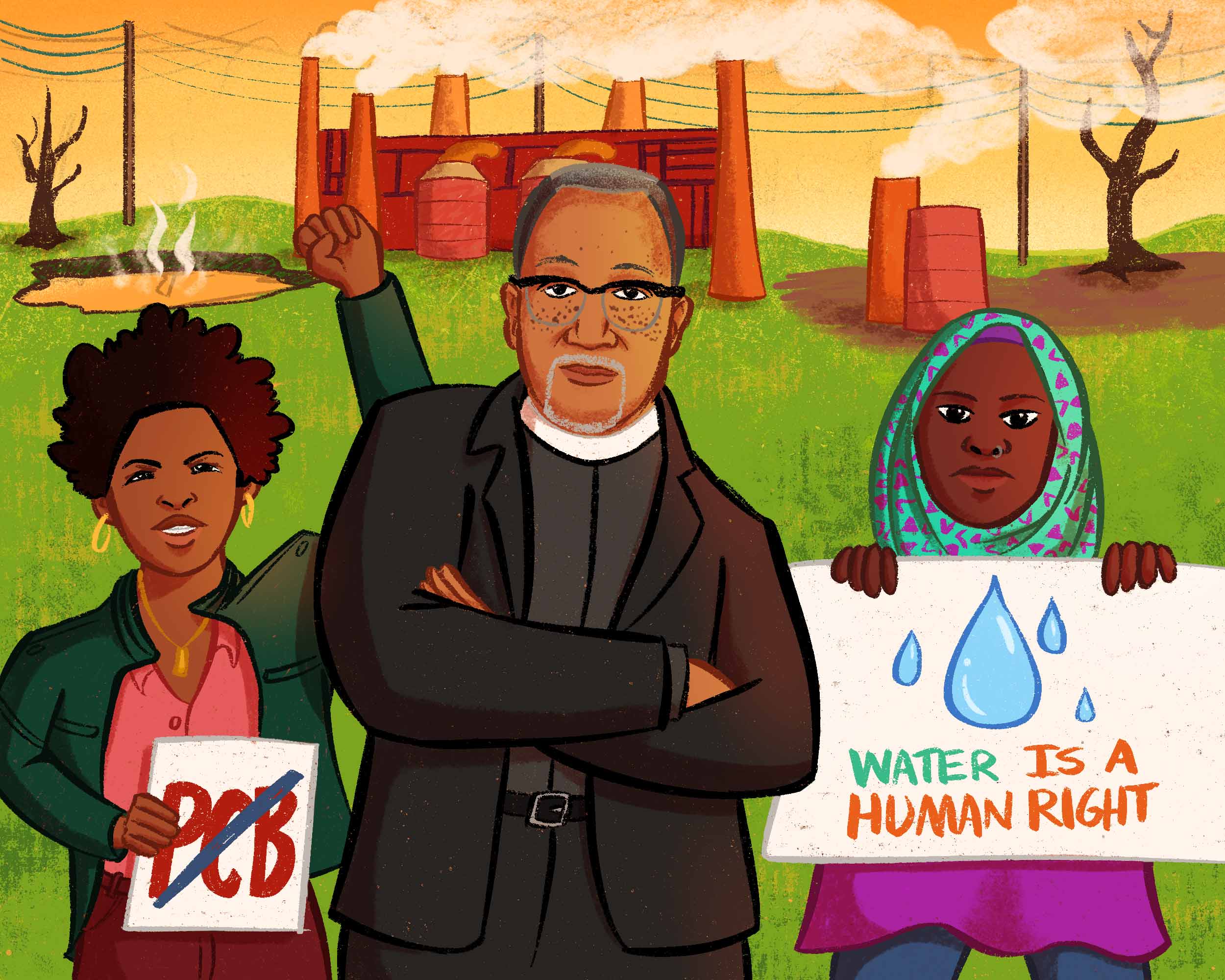


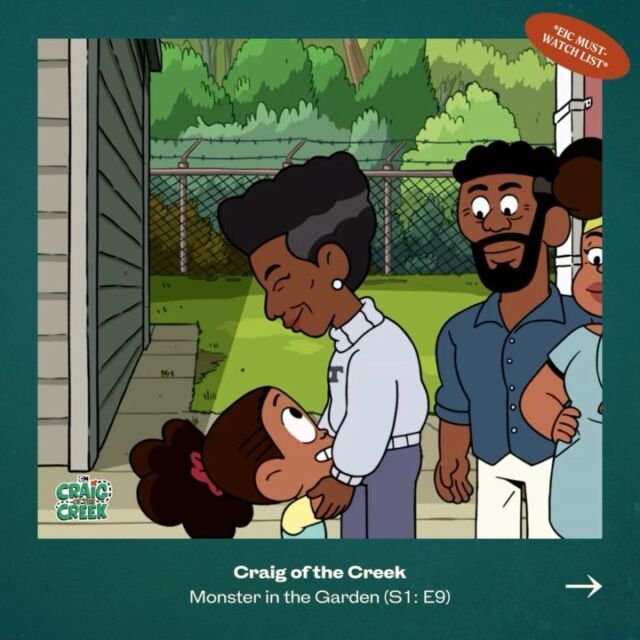
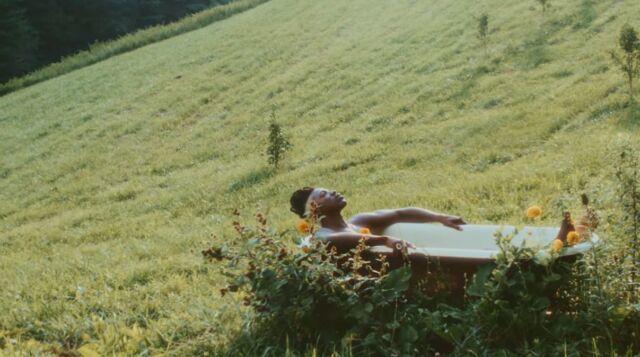

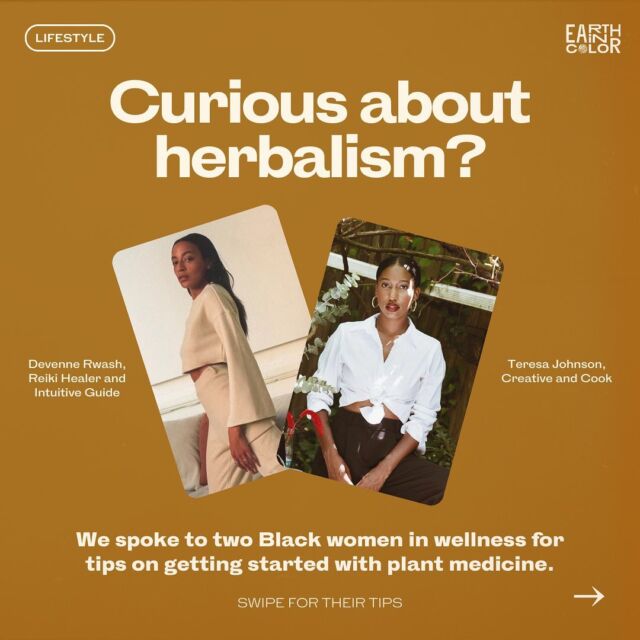







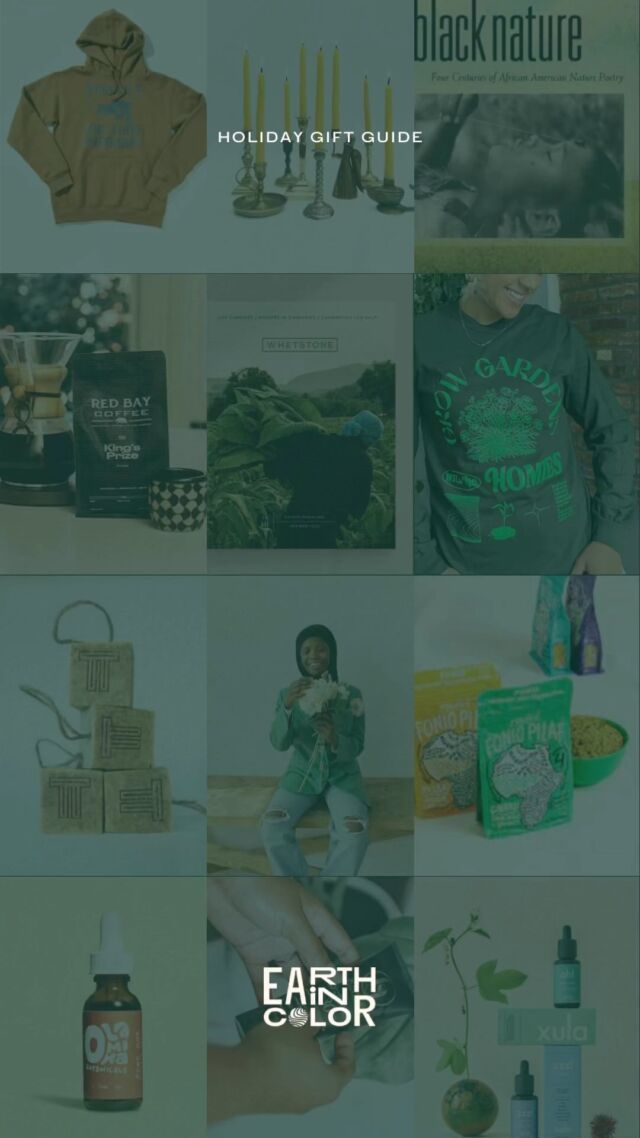

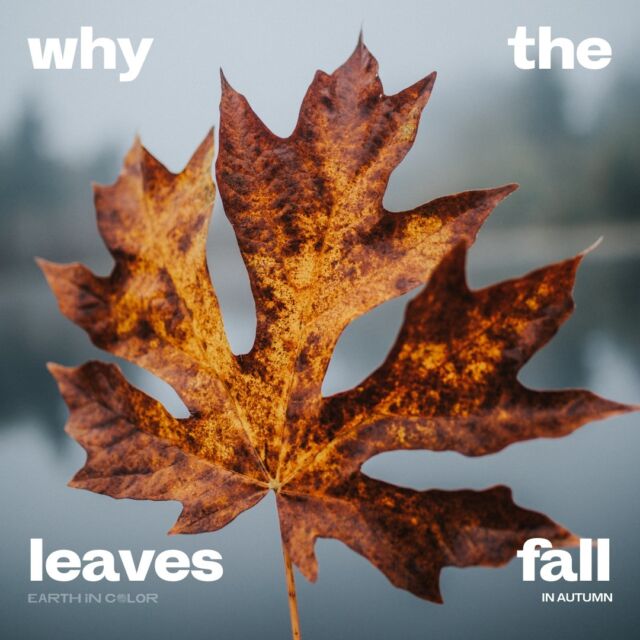
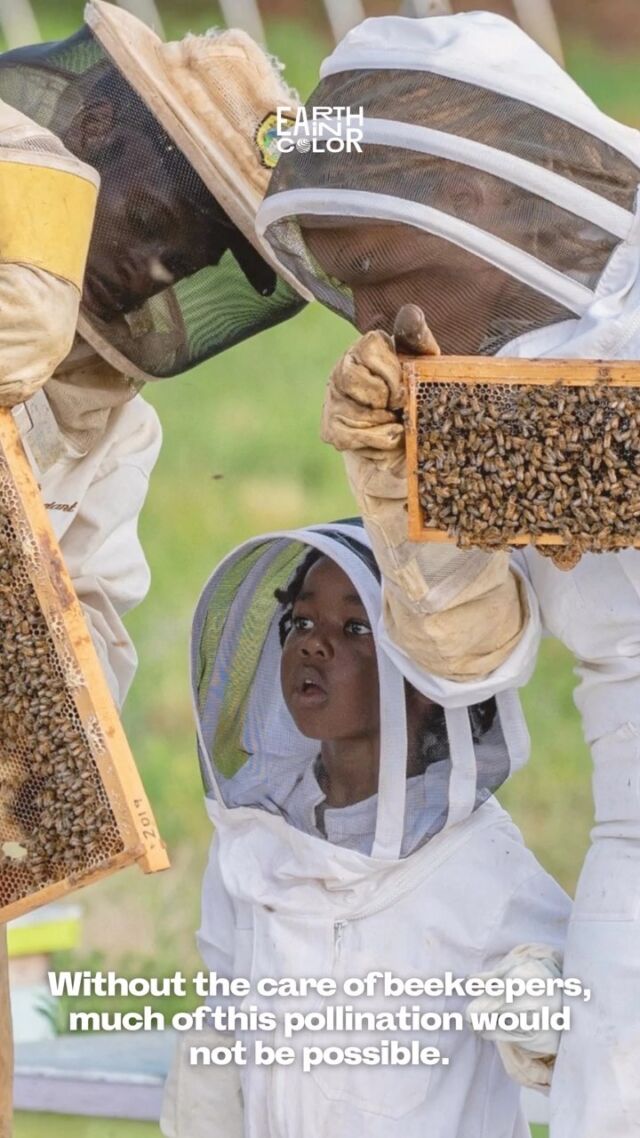
![Did you know you could be buying fake honey? 👀🍯
According to @detroithives co-founder Timothy Paule Jackson, “ninety percent of most honey that you get in big box stores is fake.” To make sure you’re getting the real stuff, he suggests checking out the nutrition label. Fake honey will have ingredients like “high fructose corn syrup, peach syrup, [and] it’ll have some type of sugar.” Avoid honey labeled as “pure” or “pasteurized,” and instead look for words like “raw” or “local.”
And with winter approaching, it’s the perfect time to stock up — not only is it full of vitamins and minerals, but real honey can also be used as a remedy for sore throats and coughs. Swipe to check out some of our favorite Black-owned bee farms and Black beekeepers selling the good stuff 🐝🍯](https://earthincolor.co/wp-content/uploads/sb-instagram-feed-images/314552686_126502226881255_7598404171432106028_nfull.jpg)
